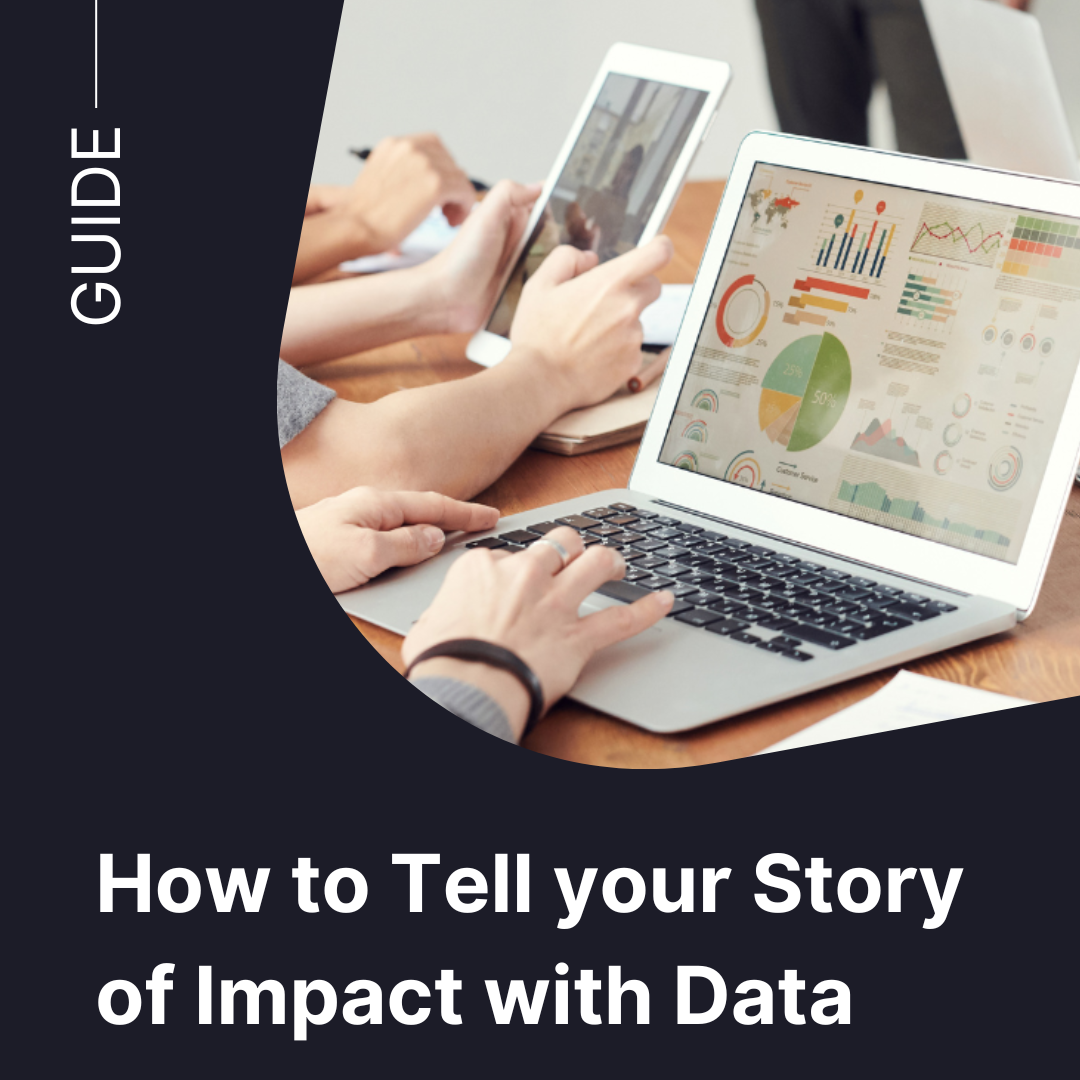The Importance of Storytelling
Trust is a key pillar of philanthropy. Donors trust that nonprofit organizations will responsibly use their funds to inspire positive change in the areas they’ve detailed in fundraising communications. Communities trust that local philanthropic organizations will have their back when hit by the unexpected, and therefore offer their support. Trust is crucially important when building strong relationships - an easy connection for most in the sector to make since much of philanthropy is built on relationships. But trust offers more power than you might have realized - in the Edelman Brand Trust in 2020 report, it is reported that in today’s world, trust is the number two reason people buy something (after price). That’s before other attributes like quality, performance and how easy the item is to find. To influence behavior and drive action, organizations across the private, public and social sectors need to prioritize the creation of trust.
A successful strategy many brands have identified in their quest to strengthen relationships and build trust with consumers is the art of storytelling. The same way brands have humanized themselves in story, allowing consumers to make an emotional connection that competitors cannot compete with on product features or value, impact organizations can use storytelling to increase buy-in amongst stakeholders like their board members, volunteers, communities and more. In our most recent white paper, How to Make Data Actionable, storytelling is identified as one of four key ways your organization can be using your data to inspire action and for good reason. As Miro Kazakoff, a lecturer at the MIT Sloan School of Management, observed: “If you want people to make the right decisions with data, you have to get in their head in a way they understand.” People understand stories, and they remember them.
Too often impact organizations rely on static quantitative numbers to convey their value. This is problematic because the bigger picture is often unclear, with little context as to how these results will impact larger, more complex goals that organizations are working toward. It is also challenging because we are in a climate today where the public is distrustful of information presented to them on media platforms - with social media being the least trusted medium for news and information (Source). Social media is a channel that many philanthropic organizations, specifically nonprofits, have relied on in the past to communicate their impact with the goal of generating support. With this shift in sentiment, it is more important than ever to find new ways to build trust with your audience.
Crafting your story starts with data. You need to show why your programs are meaningful, and qualitative data plays a large role in this task. You may have the numbers to show the results of your efforts, but do you have first hand accounts from program participants on how they were impacted? Photos displaying the progress or impact made? What about information about what these numbers mean for the community - what new opportunities exist today that didn’t before? What’s changed, and why?
As you think about structuring your story, follow the narrative arc that guides every story written. Detail the current broken world, or the situation that the community or program participants face today that is hindering their ability to do something that is essential to their livelihood. Think about the possibilities of a world where these recipients have the tools and resources to realize their potential, or achieve the life-changing scenario you envision. Then use stories to detail the progress the community makes toward that goal. That will humanize the work you’re doing, and communicate the difference your impact organization is making more effectively than reported numbers. Most importantly, it will inspire trust with your followers.
Learn more about how you can be using data to create your story in the white paper, How to Make Data Actionable. You’ll also uncover how to most effectively use each social media channel differently to maximize your ability to share your story effectively, driving action. Enter your email below to unlock the full white paper.
Tags:
Storytelling with Data
May 10, 2021
